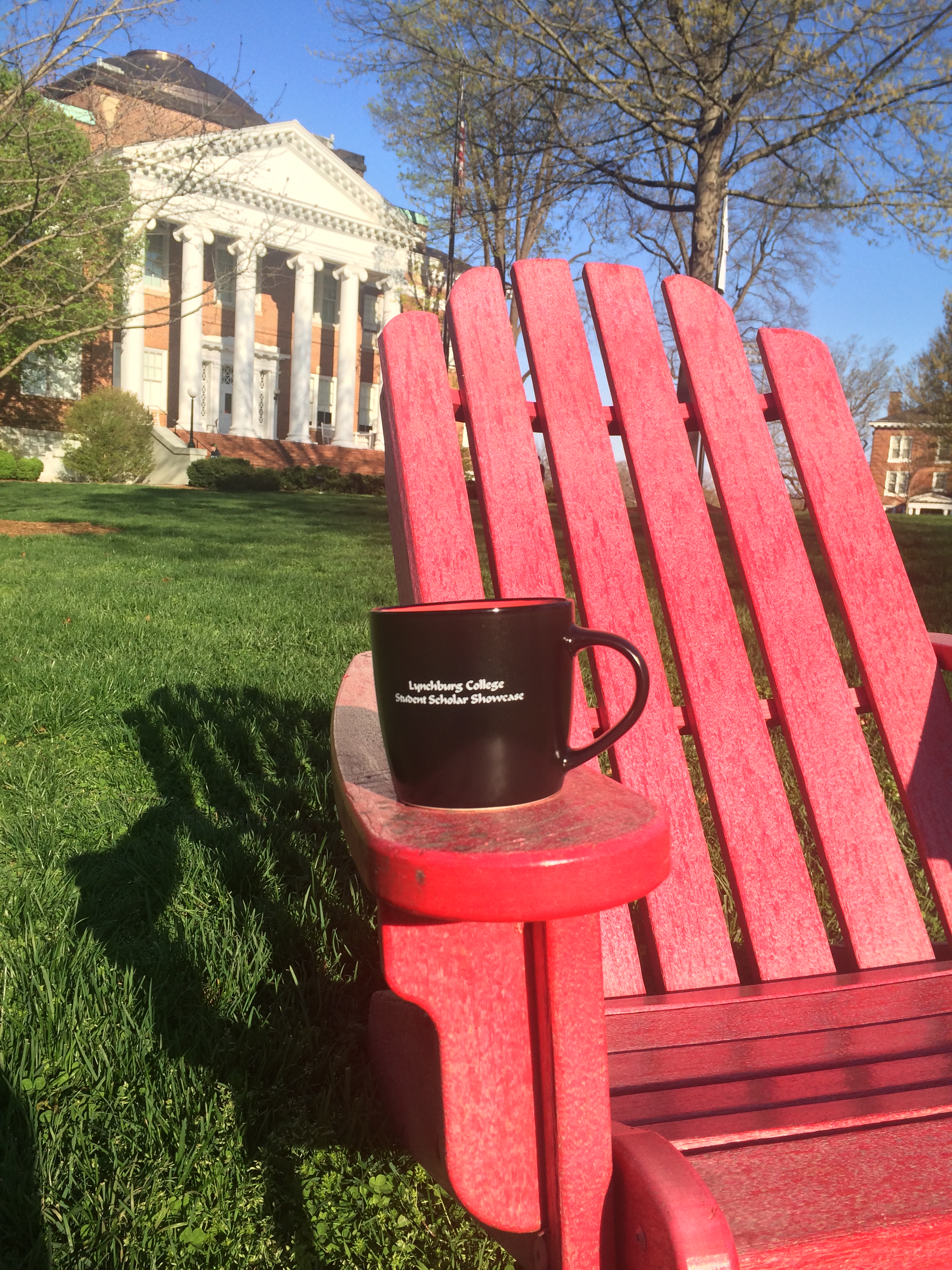
L’homme armé: A Secular Work For Sacred Mass
Abstract
Although the cantus firmus L’homme armé formed the basis for masses of the Renaissance era, this French secular song continues to inspire composers of the 21st century. With the intent of improving music pedagogy and performance, the purpose of this research was to examine the uses L’homme armé in both sacred and secular settings. The specific problems of this study were as follows: (1) to trace the origins and uses of L’homme armé; (2) to compare the masses based on the cantus firmus L’homme armé; and (3) create an original composition that utilizes contrafactum.
When tracing the origins and uses of L’homme armé, no definitive evidence confirms that the piece originated in Burgundy, however individual pieces of evidence make a strong case for a Burgundian Provenance. Comparing the masses based on the cantus firmus L’homme armé revealed that although the pieces are based on the same melody, have distinct differences.
An original composition that utilizes the contrafactum concept accompanies this research, and models practice of Renaissance composers. For future research and implications, the concept of contrafactum can be employed to teach people of all ages how to use music and text interchangeably to create new genres and refresh old ones.
L’homme armé: A Secular Work For Sacred Mass
Although the cantus firmus L’homme armé formed the basis for masses of the Renaissance era, this French secular song continues to inspire composers of the 21st century. With the intent of improving music pedagogy and performance, the purpose of this research was to examine the uses L’homme armé in both sacred and secular settings. The specific problems of this study were as follows: (1) to trace the origins and uses of L’homme armé; (2) to compare the masses based on the cantus firmus L’homme armé; and (3) create an original composition that utilizes contrafactum.
When tracing the origins and uses of L’homme armé, no definitive evidence confirms that the piece originated in Burgundy, however individual pieces of evidence make a strong case for a Burgundian Provenance. Comparing the masses based on the cantus firmus L’homme armé revealed that although the pieces are based on the same melody, have distinct differences.
An original composition that utilizes the contrafactum concept accompanies this research, and models practice of Renaissance composers. For future research and implications, the concept of contrafactum can be employed to teach people of all ages how to use music and text interchangeably to create new genres and refresh old ones.

